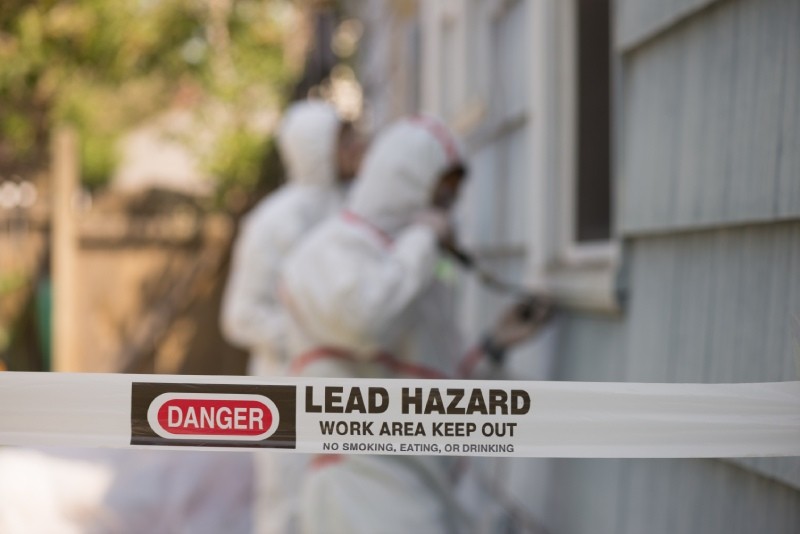In 1978 the United States banned the use of lead in paint, which was one of the most common exposures to the metal. However, there are still many ways a that person may be exposed to lead in their everyday lives. Cheap toys made overseas, playground equipment, lipstick, eyeliner, ceramics, china and crystal are some of the ways people encounter lead every day.
For some people, the chances of prolonged exposure are greater if they work in construction, vehicle battery manufacturing, and other industries where lead is present. Yet no matter how a person comes into contact with lead, prolonged exposure is dangerous and carries some serious side effects.

Key Facts About Lead
According the World Health Organization, lead is a cumulative toxicant that effects the brain, liver, kidneys, and bones. As it makes its way through the body, it accumulates in the teeth and bones over time where the lead releases into the blood. This means a pregnant female with lead in their system will pass it along to the child. Currently, doctors measure exposure levels by the amount of lead in the blood and however, you cannot consider any amount of lead in the bloodstream a safe level.
Side Effects Associated with Prolonged Lead Exposure
Lead poisoning can happen two ways. The first comes from exposure to a high-level of lead in a brief period of time. According to the Centers for Disease Control and Prevention, this leads to symptoms that include:
- Abdominal pain
- Constipation
- Feeling constantly tired
- Headachy
- Irritability
- Loss of appetite
- Memory loss
- Pain or tingling in the hands and/or feet
- Weakness
Another method of lead poisoning is through prolonged exposure to lead. Those in whom lead accumulates over time due to long-term exposure often feel symptoms such as:
- Abdominal pain
- Constipation
- Depression
- Feeling distracted
- Forgetfulness
- Irritability
- Nausea
Other effects of long-term lead exposure include anemia, high blood pressure, heard disease, kidney disease, and reduced fertility.
Children at a Higher Risk
While anyone exposed to lead for a prolonged period of time is susceptible to lead poisoning and its effects, children tend to show signs of lead toxicity at lower levels than adults do. As stated earlier, this includes unborn children carried by a mother exposed to lead.
Adults who work around lead also run the risk of carrying lead dust home on their clothing and in their automobiles. Even though this is not a direct exposure, it still has the ability to affect children living in the house. Long-term exposure to lead could cause neurological effects, learning disabilities, and mental retardation in children whose parents may have lead exposure at their jobs.
Treating Lead Poisoning
The first step in treating the effects of long-term exposure to lead is to remove the source of contamination. In people with low levels of lead in their bodies, sometimes avoiding further exposure may reduce blood lead levels.
In severe cases, doctors recommend two different treatment options. Chelation therapy is a medication that the person takes orally. This medication binds with the lead in the body so that the person excretes it through their urine. If lead levels are higher than 45 mcg/gL in children, or if the person cannot tolerate the oral chelation therapy, then doctors turn to EDTA chelation therapy.
Here, the doctor injects a chemical called calcium disodium ethylenediaminetetraacetic acid into the person. The lead binds to this drug and leaves the body through urine just like in standard chelation therapy.
Even as agencies force the removal of lead from more products, there is still a risk due to older infrastructures and imported goods still use lead. If you suspect something in your home or workplace contains lead, have it checked out. However, to avoid the long-term effects, it is important to check lead levels in the body if you suspect exposure especially if you notice any of the side effects mentioned here.


